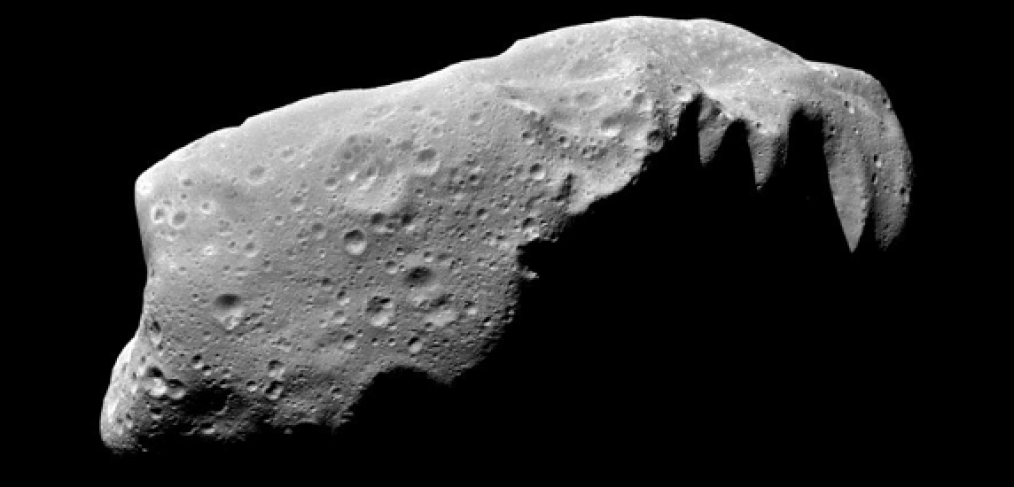
Arizona Space Grant Consortium Alumni – The “Asteroid Hunter” Book to be Released in 2024
The two men met that evening with Steve Price, then a director of business development for Lockheed Martin Space, on the patio of a hotel bar in Tucson. Over drinks, they scribbled ideas on cocktail napkins. Price explained that the company’s engineers had developed technology that would allow a spacecraft about the size of a mail truck to rendezvous with a near-Earth asteroid, then enter a hummingbird-like mode and “kiss” its surface. The craft’s “beak” would be an unfolding eleven-foot-long mechanism with a cannister on its end, which would kick up material with a little blast of nitrogen. The spacecraft would stow this bounty in a protective capsule, fly back home, and then parachute it to Earth.
Read the full article on the New Yorker website.
Author Credit: David W. Brown
Image Credit: NASA/JPL-Caltech/UCLA/MPS/DLR/IDA

